Terrace gardens come in all shapes, forms, and designs, from urban rooftop gardens to secluded suburban patio hideaways. The one thing all these gardens have in common is making the most of limited space with innovative garden and landscaping design. A garden terrace is one of the most beautiful additions you can make to any residence, provided you plan ahead and do it right. Here’s some proven design suggestions to help you get off on the right foot.
Think of your Garden Terrace as an Extension of your Home
One of the most endearing aspects of terrace gardening is the fact that these cozy little gardens come to feel like an extension of your home or apartment as much as they feel like outdoor spaces. Keep that in mind as you design and make sure that your terrace garden is a place where you can sit down, enjoy a book, a cup of coffee, or the morning paper, all while surrounded by the beautiful textures, sights, and smells of your vegetation and landscaping. Depending on how much space you have to work with, that can mean incorporating benches, chairs, and even small tables and sitting areas into your overall design.
Find a Balance between Natural Beauty and Privacy with your Garden Terrace
As you create that extension of your home, you’ll also want to take into account your surroundings and incorporate them into your planning. If you’re working with a rooftop terrace, for example, make sure you don’t block your view with shrubbery, hardscape, or garden structures such as pergolas and shades. If your terrace garden isn’t so removed from the rest of the world, however, you might be striving for the opposite effect. Many terrace garden designs are developed to exclude the outside world. If that’s your case, then think about how you can create barriers that will give you a measure of privacy. Vining plants and trellises, shrubbery, and even manmade walls and barriers can all work together to create the secluded escape you’ve been longing for.
Choose your Garden Terrace Plants Wisely
Once you’ve determined a general layout that takes into consideration an area to relax in, views, and privacy, it’s time to think about the plants you’d like to incorporate into your terrace design. Location will play a significant role as to which plants are most appropriate for your situation (a backyard terrace has far greater possibilities than an apartment terrace, for example), though there are some universals to consider when it comes to choosing appropriate vegetation. Hanging plants, plants that vine, and drooping varieties are excellent ways to soften edges and create flowing, natural spaces. Vining plants are excellent for creating privacy, as already mentioned, though they’re also an effective way to conceal concrete, ledges, and walls. Finally, don’t forget the floor of your garden terrace. There are a number of plants that you can plant in cracks, crevices, and joints between hardscape that will help to give your terrace an aged, less orchestrated feel.
Don’t Forget the Hardscape
Just as important as plants is your choice of hardscape for your terrace garden. The right stone, tile, or concrete paver can be a vital addition to any garden. Your hardscape will add warm tones and distinct lines to an area otherwise dominated by wilder sensibilities.
Talk to the Pros
If you’re interested in installing a garden terrace, or in terrace design, talk to a landscaper or garden designer about developing a terrace that will fit your personality, space, and needs. Doing so will ensure you a private, personal garden space that you can enjoy for years to come.
Source: https://www.homeadvisor.com/
Table of Contents
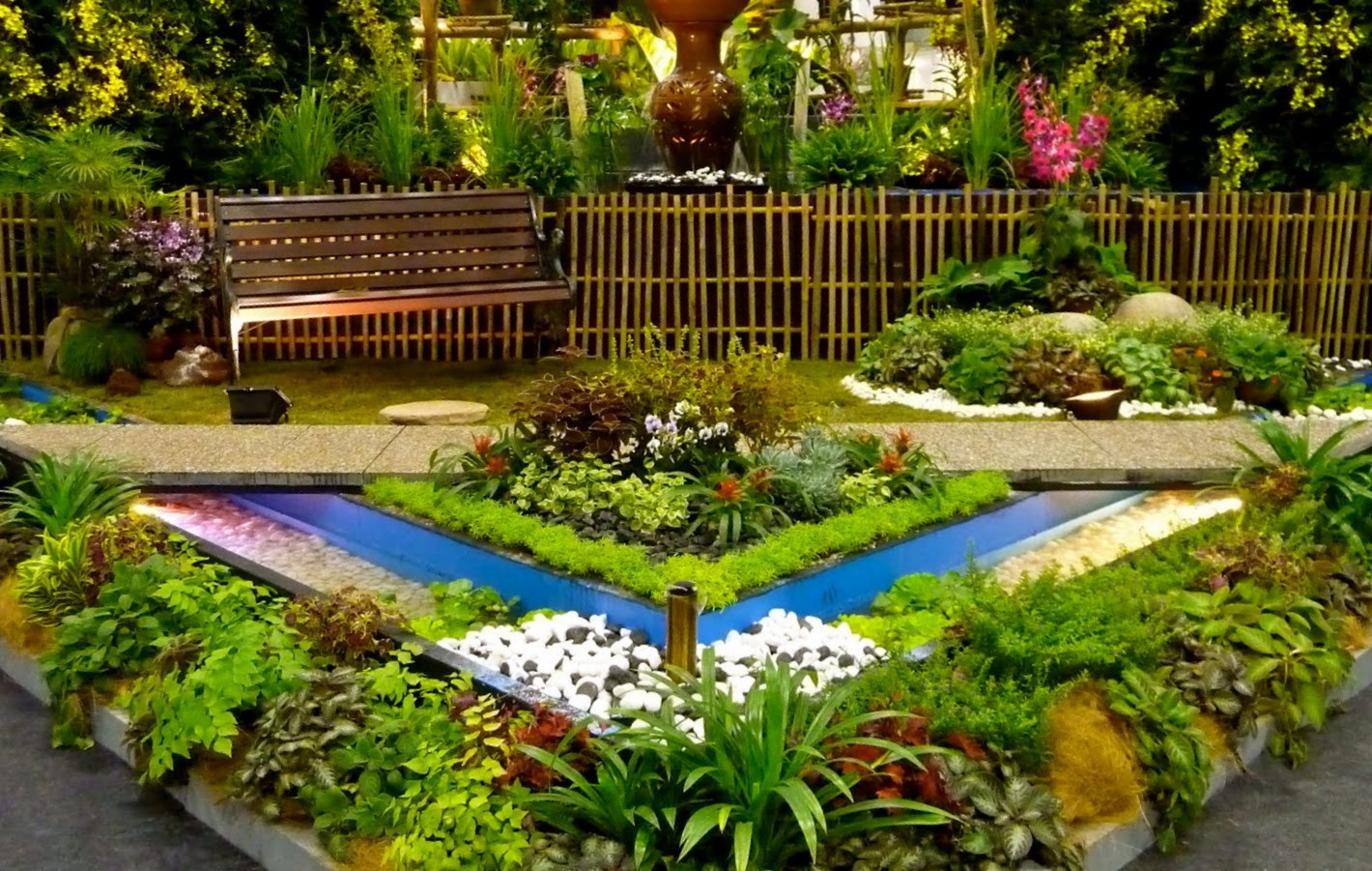
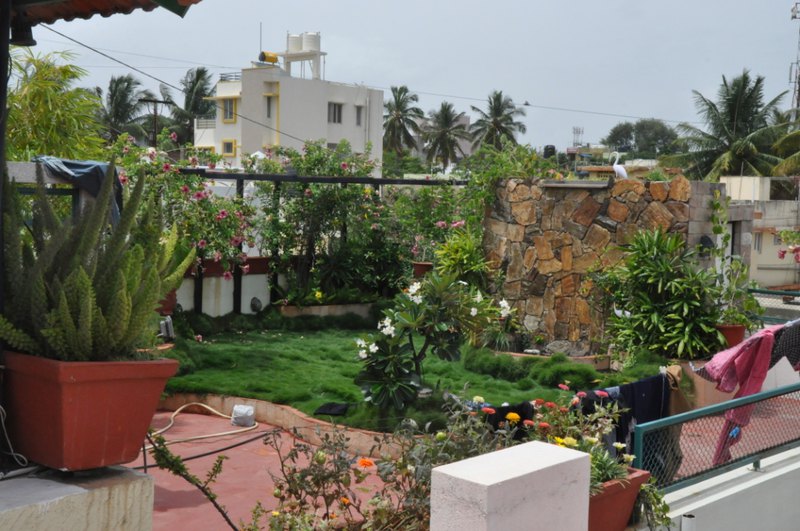
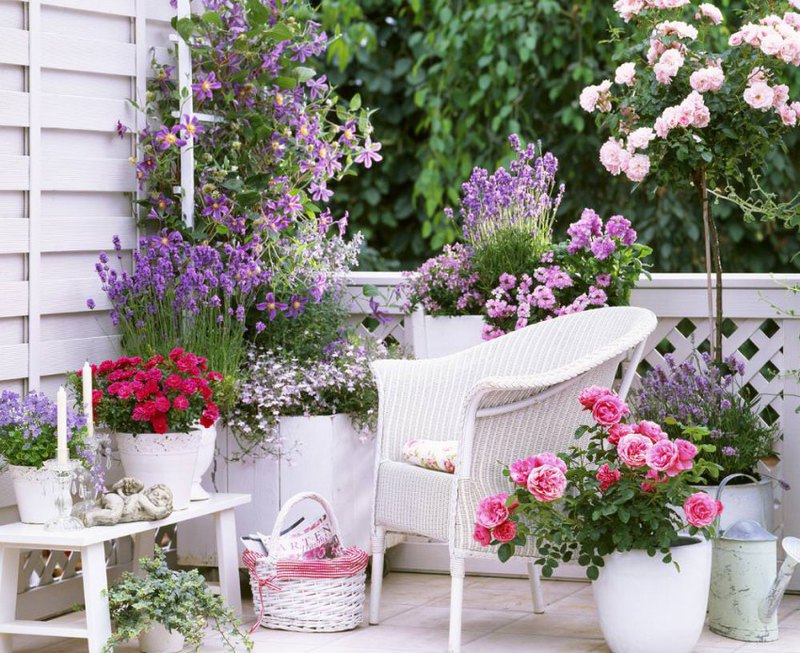
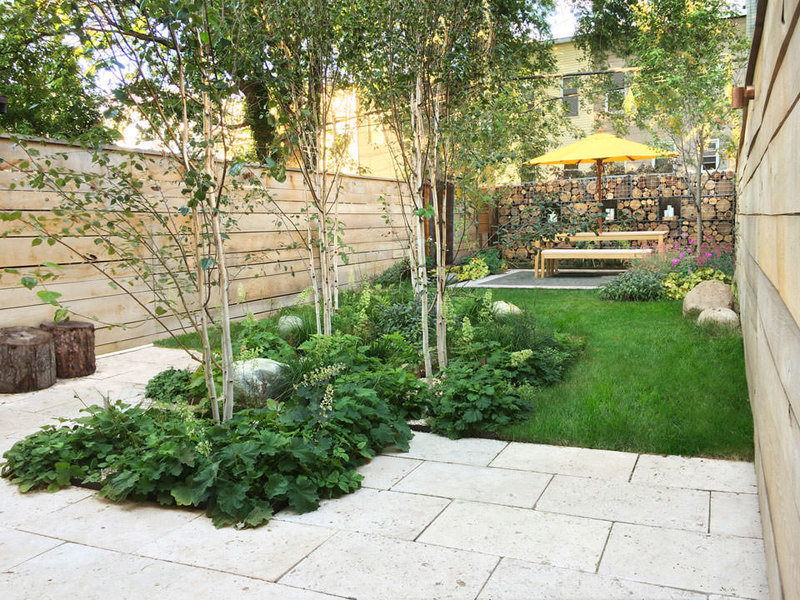
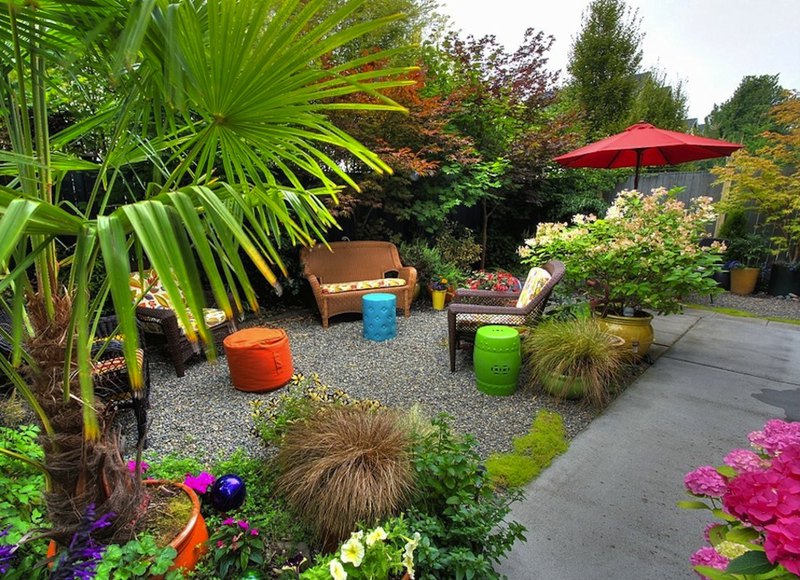
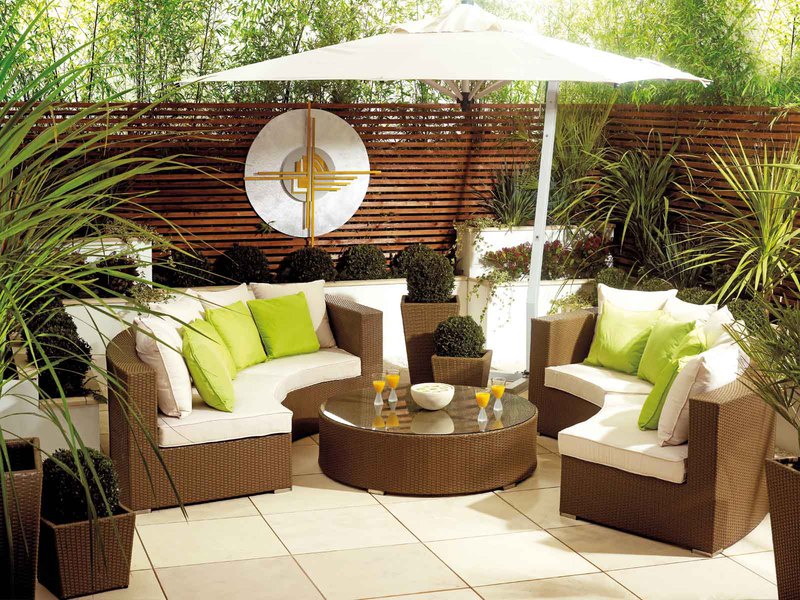
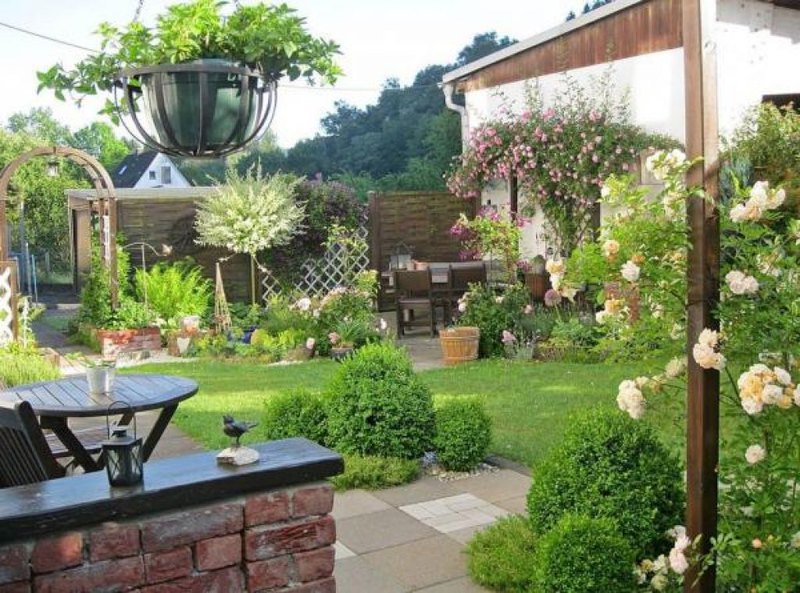

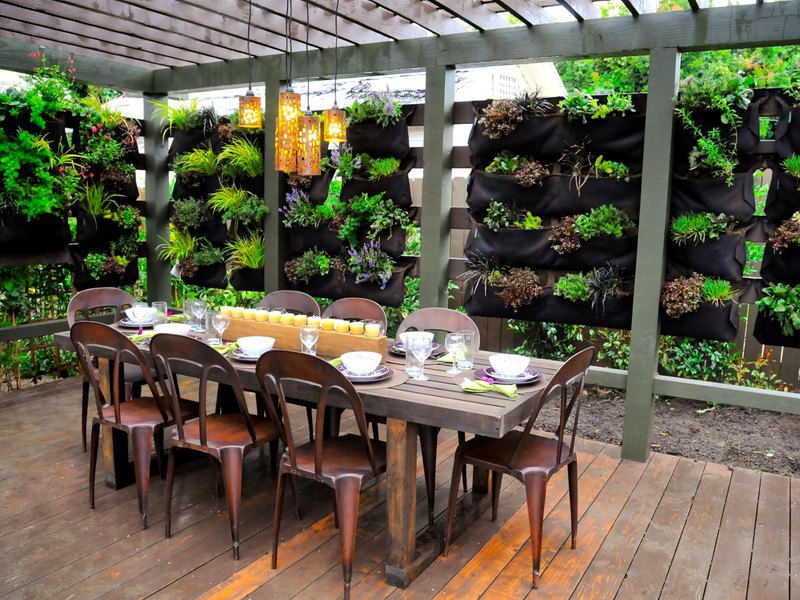
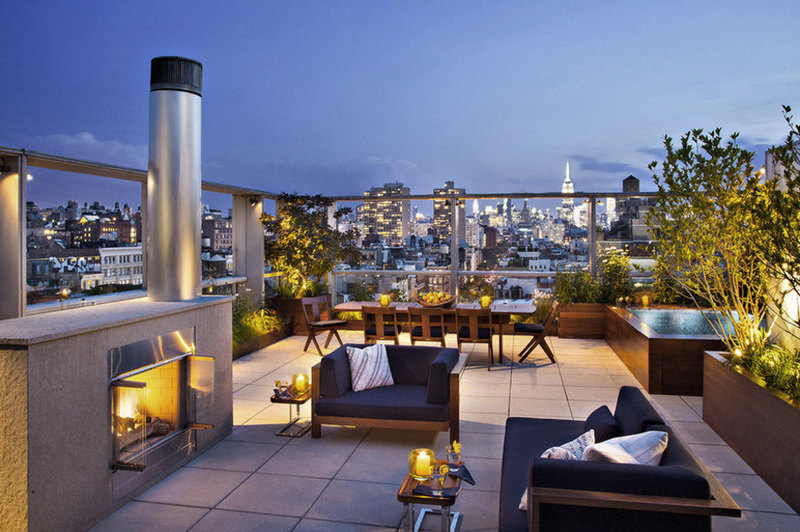
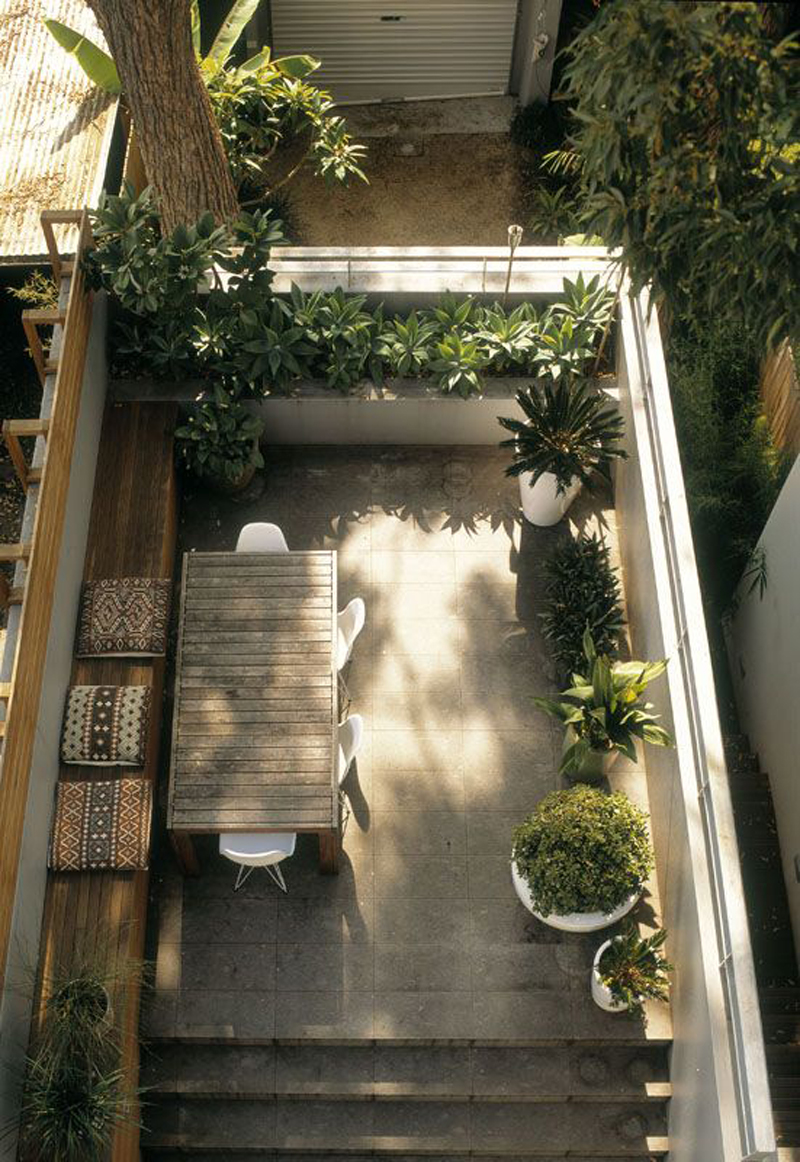
Its really waaooo……so helpful ideas for gardens….